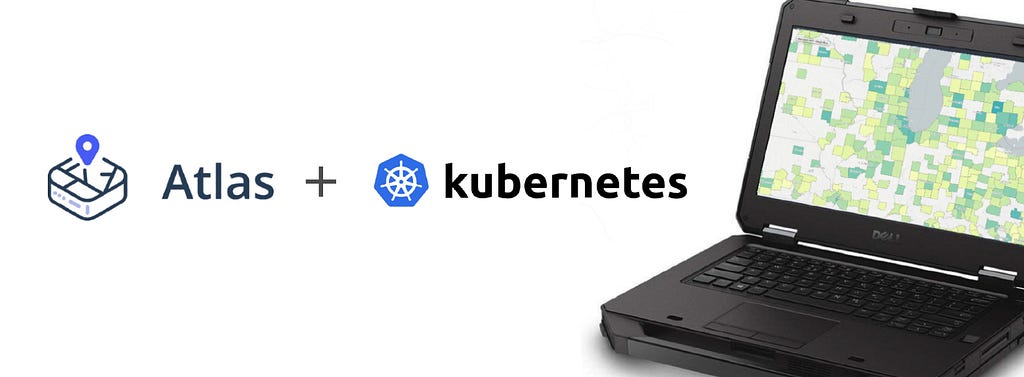
By: Yves Richard
Atlas customers can now deploy Atlas on Kubernetes, allowing elastic scale without needing to preallocate compute resources. With Atlas running on Kubernetes, customers have access to first-class support for resiliency, availability, and scalability for their critical deployments. Kubernetes is a future-proof solution with buy-in and support from all the major public cloud providers (Azure, GCP, AWS, etc) as well as private cloud providers like RedHat OpenShift.
Using Kubernetes as a platform to deploy workloads like Atlas has some key benefits:
- Resiliency: Treats self-healing, high-availability, and scalability as core features
- Efficiency: Requires less effort to deploy and manage your workloads
- Portability: Ability to migrate workloads between providers with minimal effort and avoiding vendor lock-in
- Productivity: Large number of community extensions that solve a particular need
- Cost Efficient: With higher-level tooling and abstractions, deploying and managing applications on Kubernetes requires less effort saving valuable resources
- Observability: Provides hooks and tools to get insights into running workloads
Using Helm, the Kubernetes package manager, streamlines the install process considerably. We have published a private chart repository that allows customers to install Atlas without requiring a separate installer. Helm will deploy the chart to the cluster and download the Atlas Docker images directly from our private Docker repository.
Deploy Atlas on Kubernetes with one command:
$ helm install atlas.local mapbox/atlas-enterprise --set password=--set atlasLicense=$ATLAS_LICENSE --devel
https://medium.com/media/7609606d50b3d666e21b55a21d8bd05d/href
Atlas on Kubernetes is currently in private beta. If you’re an existing Atlas customer, reach out to your Technical Account Manager to get access to the beta. Interested in testing Atlas? Drop us a line and we’ll give you a free 30 day trial of Atlas and access.
Yves Richard – Software Engineer – Mapbox | LinkedIn
Atlas ❤️ Kubernetes was originally published in Points of interest on Medium, where people are continuing the conversation by highlighting and responding to this story.
